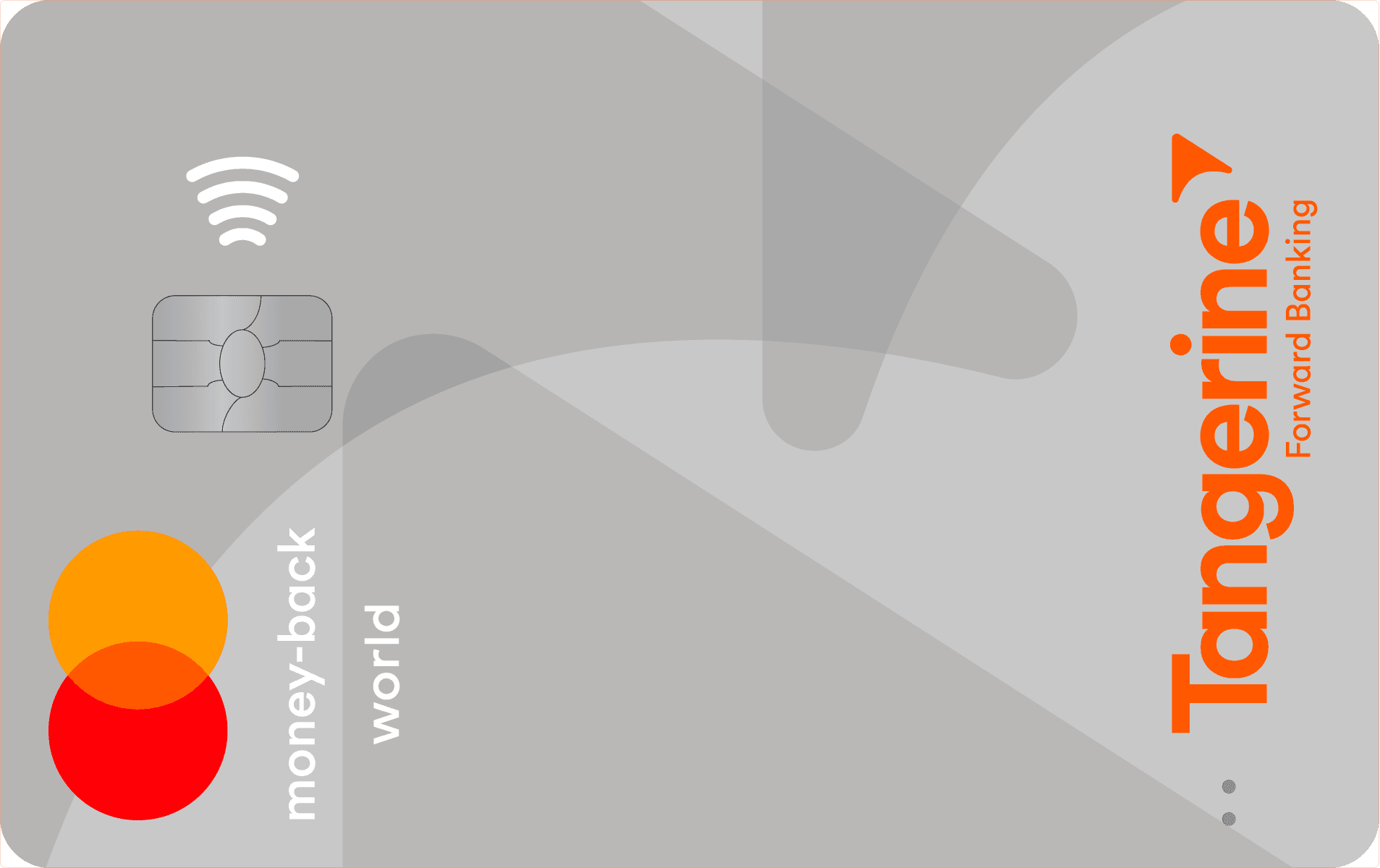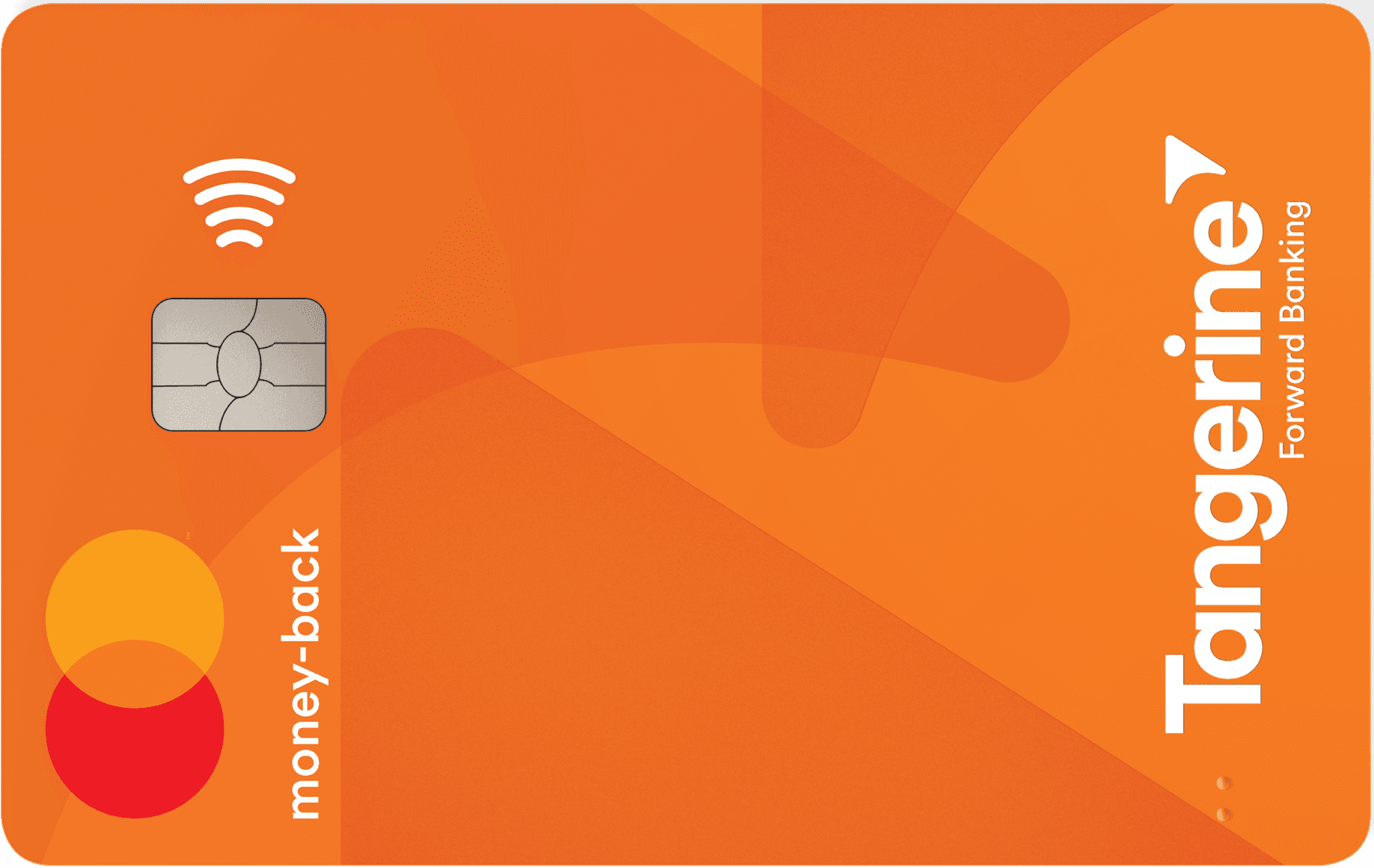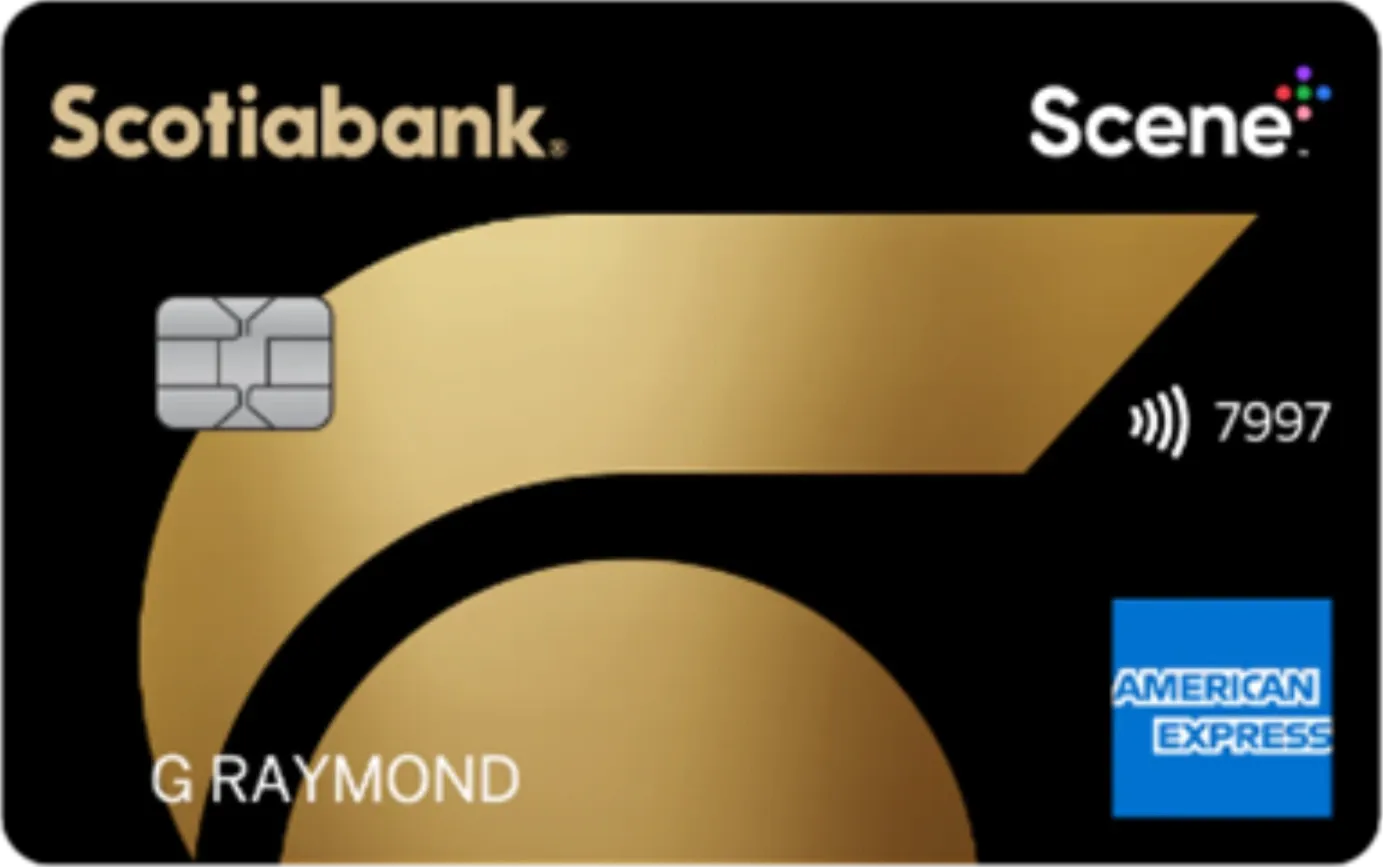Working hard in the background...
How Credit Card Returns Really Work in Canada
Published Dec 16, 2025 3:33 PM • 5 min read
Let’s say you made a purchase, but then you suddenly change your mind. Maybe the product falls short of expectations. Or you decide you just don’t have a use for it. This happens all the time. Interestingly enough, even though the merchant promised a refund for the product, when you check your credit card balance a few days later, nothing has changed. In this scenario, it’s natural to wonder, “Where is my money?”
This situation is quite common and is a good reminder that there is a difference between cash returns and credit card refunds. They don’t work the same way. Understanding how credit card refunds get processed in Canada can help you avoid unnecessary stress.
In this article, we’ll discuss the typical refund timelines and explain what happens with special cases like closed accounts or foreign transactions. We’ll also share tips to help you get your refund as expected.
The Basics of Credit Card Refunds
Most of us understand the concept of a cash return. With this type of return, you take the item to the store and receive money in your hand. It’s instantaneous. A credit card refund, though? That works differently. When the merchant issues the refund, there are several steps before your account sees the money returned.
In many cases, with a credit card refund, the merchant first sends the request to their payment processor, who then passes it along to the credit card network. This would be either Visa, Mastercard, or American Express. From there, the request goes to the financial institution that credits your account. It is only then that you’ll see the refund appear in your balance. That said, exact refund processes vary by merchant and issuer.
How Long Do Refunds Take in Canada?
As you can probably see, there are several steps involved, so it should come as no surprise that the refund timeline is never immediate. The exact timing is impacted by various factors, including weekends, holidays, merchant policies, and issuer processing times. It will also depend on whether you return the item in store or via mail.
It is important to note that there is a difference between a pending refund and a posted transaction. Even if you see a pending credit within a day or two, it may take several business days to fully post to the account. Only when the transaction posts does it officially offset your balance.
Another thing to watch out for is international returns. When the transaction has to pass through currency conversions or additional processing networks, it can take weeks for the transaction to finalize. In this case, you may not receive the exact same amount due to conversion fees, even if you have a no foreign transaction fee credit card.
Tip: It is always best to keep proof of your return and any store communication until the refund posts to your credit card account. This way, if there is a delay, you have the documentation that your bank needs to help you resolve the issue.
Special Situations and Complications
Not every refund is straightforward. There are a few factors to watch out for, including:
- Refund after paying your balance: If you’ve already paid off your credit card in full, the refund will appear on your account as a negative credit card balance. This means that your account has a credit that you can use towards future purchases.
- Refund to a closed or expired credit card: What happens if you get a refund on a card that is no longer active? In most cases, the refund is redirected automatically to your replacement card; but policies vary, so check with your issuer. If the account is fully closed, though, the issuer can send a cheque for the refund amount. In these cases, it’s wise to contact your bank directly for more details on their policy.
- Foreign currency refunds: As I mentioned in the previous section, international returns come with foreign currency transactions. This means that due to exchange rates, you may not get the same amount back as you paid. Exchange rates fluctuate daily, and some have conversion fees as well, so you could end up with slightly less than expected. Or, if you’re lucky, a bit more.
- Partial refund: Merchants don’t always return the full amount. Occasionally, they will charge restocking fees or apply a cancellation penalty on subscriptions. Always check the merchant’s return policy so you don’t get caught off guard.
- Reversed rewards: When a refund is processed, note that any points or cashback earned on the initial purchase may be reversed.
Note: Merchants are not required by law to issue refunds for non-defective items, but many do. Always check merchant refund policies before purchasing a product.
Refunds vs Chargebacks
Most of us understand the concept of a refund, which the merchant initiates. When you take an item back to the store, for example, this is what happens. But what is a credit card chargeback? Chargebacks occur when you initiate the transaction through your bank or card issuer because the merchant is unable (or unwilling!) to do so themselves. A chargeback typically happens when the goods never arrive, you never receive the service or when you have a fraudulent transaction on your card.
It’s best to think of a chargeback as a last resort. A refund is quicker and less complex than a chargeback. Most of the time, chargebacks are unnecessary since most merchants are willing to resolve issues directly. If you do need to escalate your request, be prepared with documentation such as receipts, emails, and other proof that you attempted to resolve the issue directly with the merchant.
Tips to Avoid Refund Problems
Most credit card refunds will go through without an issue, but there are a few things you can do to ensure the process is smooth. Consider:
· Keeping your receipts, return confirmations, and cancellation emails. It is also wise to take a screenshot if you are speaking with a customer service representative. This way, it is easier to follow up if the return is taking a long time or if it gets denied.
· Asking about the timeline upfront. Each merchant has their own refund process, with some issuing credits daily while others batch them together once a week. Knowing what to expect can save you from worrying unnecessarily.
· Checking your credit card statement closely. Once the refund gets issued, you will see the transaction in your online banking account and on your monthly statement. Be sure to watch for the refund and double-check its accuracy.
· Don’t hesitate to escalate if necessary. If the refund does not show on your account and it is well past the merchant’s promised window, contact your card issuer directly. At that point, you can file a dispute. The quicker you react, the more likely you are to see a swift resolution.
Takeaway
Most credit card users will find themselves needing a refund at some point. Unlike with a cash-based transaction, these refunds are not instant as they move through several steps between the merchant, the payment processor, the card network, and your bank. With so many parties involved, it’s normal to see a delay, even a slight one.
Next time you find yourself waiting for a refund, do yourself a favor and ask ahead of time about the timeline. Keep your documentation and monitor your credit card statement closely. If the refund stalls, reach out to your issuer and escalate the matter. While credit card refunds are routine, knowing what to expect (and how to react when it doesn’t go as planned!) can make for a less stressful process.
Frequently Asked Questions
Refunds do not count as a payment, just a reversal of the initial charge. If your refund has yet to be processed, you will still owe a minimum payment on the transaction. In cases where you have already paid your statement in full, the refund will create a negative credit card balance, which you can use towards future spending on the card.
There are a few cases where you may want to request a chargeback. For example, if a merchant refuses to issue a refund, the product never arrives, or the transaction is fraudulent. In any of these instances, it can make sense to request that the bank step in.
Merchants are not required to issue refunds in Canada, but most do anyway. Especially if you have a receipt and have made the purchase recently. Even when a full refund is not possible, most merchants will work with you to offer an exchange or store credit.
In most cases, a refund gets issued according to the original payment method. If you made the purchase with your credit card, you will likely receive the refund as a credit on your statement. This protects both you and the merchant. The exception is when the account is closed, in which case your bank may issue a cheque or make a direct deposit into your account.
Trending Offers

Tangerine® Money-Back World Mastercard®*

Tangerine Money-Back Mastercard

Neo World Elite® Mastercard®

Scotiabank Gold American Express® Card
About the author

Lauren Brown
Editor
Lauren is a freelance copywriter with over a decade of experience in wealth management and financial planning. She has a Bachelor of Business Administration degree in finance and is a CFA charterholde...
SEE FULL BIOAbout the editor

Sara Skodak
Lead Writer
Since graduating from the University of Western Ontario, Sara has built a diverse writing portfolio, covering topics in the travel, business, and wellness sectors. As a self-started freelance content ...
SEE FULL BIO